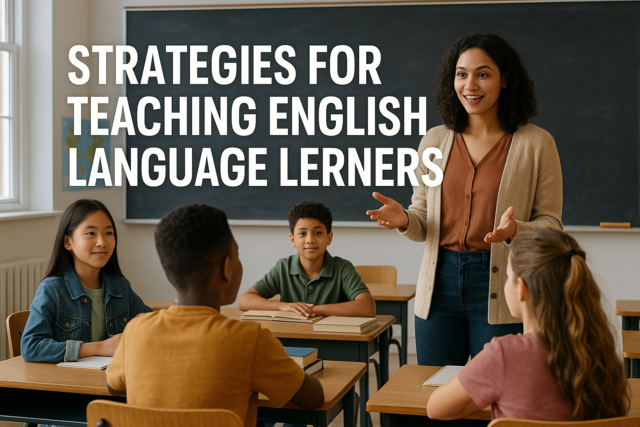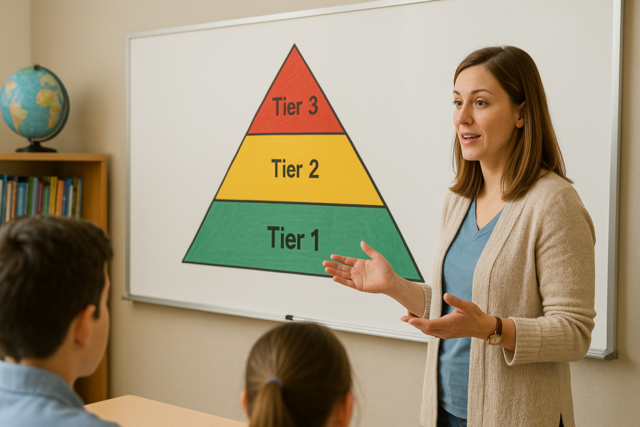Online Class: Building Inclusive Classrooms

no certificate
with CEU Certificate*
-
15Lessons
-
22Exams &
Assignments -
5Hours
average time -
0.5CEUs
Course Description
Imagine a classroom where every student feels valued, understood, and confident that their unique story is heard and celebrated. Welcome to "Building Inclusive Classrooms," a course that will revolutionize the way you approach education, leading you towards becoming an agent of change, empowering every student to thrive.
In a world increasingly defined by its diversity, the need for inclusive education is not just a matter of preference but an essential ethos. This course offers more than knowledge; it bestows wisdom and the ability to transform any learning environment into a nurturing sanctuary of equity and respect. Here, you'll learn the art and science of embracing differences, harnessing them to create a dynamic tapestry of learning experiences that inspire every student who walks through your classroom doors.
You, the passionate educator, are the narrator of your students' educational journey. This course will empower you to write a narrative that celebrates the diversity of human experience, ensuring every student's path is paved with understanding, empathy, and opportunity. Rather than a mere collection of lectures, this program serves as a masterclass in cultural proficiency, forging connections between communities and fostering harmony through education. As you travel through our thoughtfully crafted modules, each step brings you closer to becoming the educator your students need—a beacon of inclusivity and respect.
With us, you'll embark on a journey to master the nuances of contemporary, inclusive pedagogy. We delve deep into the fabric of cultural identities, revealing how they can be woven into the classroom setting, creating a rich, educative quilt of understanding and mutual respect. This is not about teaching; it's about transformation—transforming lessons into life-changing experiences.
In our rapidly evolving world, technology stands as a pillar of modernization in education. This course will equip you with the necessary skills to wield this powerful tool effectively. Visualize your classroom where technology eliminates barriers, creating an accessible learning haven for all students. Through the wonders of Virtual Reality and other technological advancements, you will bring diverse worlds into your classroom, offering students experiences that are as enlightening as they are inclusive.
But technology is just the beginning. We will guide you in reflecting on, recognizing, and combating implicit biases, inherently shaping more equitable classroom dynamics. Adopting new perspectives, you will understand the profound difference between equity and equality, ensuring tailored, fair educational experiences for every student. As you immerse yourself in this course, you will forge actionable strategies to transform your insight into practice, ensuring no student is left behind.
Imagine crafting classrooms where every student's learning style is celebrated rather than sidelined. How would that change the room's energy? How would it impact the type of lifelong learners your classroom produces? We emphasize empathetic fundamentals—respect and collaboration—that transform learning spaces into communities. This shift builds more than academic success; it fosters life skills. Your new-found ability to celebrate and cultivate emotional intelligence and academic alignment will equip your students to excel both inside and outside the classroom.
The heart of this transformative journey lies in your ability to communicate effectively, opening doors to diverse experiences and perspectives. From tailored communication strategies to an understanding of universal design for learning, our course equips you with an arsenal of methods to ensure every voice is heard and every student has a seat at the table.
Emerging from this course, you won't just be prepared; you'll be propelled. You'll emerge as a trailblazer in inclusive education, ready to tackle the evolving challenges of tomorrow's classrooms with grace and insight. Every lesson learned will carve a path toward creating supportive educational environments where every student feels empowered to achieve their fullest potential.
The future of education is compassionate, inclusive, and insightful. Together, let us craft this future, one classroom at a time. Enroll in "Building Inclusive Classrooms" today and be the change-maker your students deserve.
- Completely Online
- Self-Paced
- 6 Months to Complete
- 24/7 Availability
- Start Anytime
- PC & Mac Compatible
- Android & iOS Friendly
- Accredited CEUs

Course Lessons
Lesson 1. Diversity and Inclusion: Cultivating Classroom Harmony
Recognizing and accommodating students' cultural backgrounds and problem-solving methods enriches understanding and respect. Teachers using culturally relevant pedagogies increase student engagement by connecting learning to their experiences.Lesson 2. Crafting Personalized Educational Journeys
The transformative power of differentiated instruction lies in tailoring educational experiences with technology, allowing educators to harness tools like Virtual Reality for immersive learning that addresses all learning styles. Equitable access to technology ensures that every student, regardless of background, can engage with these innovative approaches and achieve their potential.Lesson 3. Decoding Cultural Identity for Inclusive Classrooms
Integrating cultural identity into the educational landscape supports an inclusive environment, facilitating empathy and personalized learning. Acknowledging each student’s cultural background provides educators insights to bridge educational divides and foster global citizenship.Lesson 4. Crafting Inclusive Learning Environments Through Differentiation
The essence of differentiated instruction lies in recognizing student diversity and adapting teaching methods accordingly. By integrating flexible activities and assessments, educators ensure that each learner's educational experience is relevant, accessible, and stimulating.Lesson 5. Understanding and Mitigating Implicit Bias in the Classroom
Strategies like bias-awareness training and reflective practices help educators identify and reduce implicit biases, leading to more equitable classroom dynamics. Schools committed to these strategies can nurture environments where all students feel valued and understood.Lesson 6. Equality vs. Equity: Tailoring Education to Meet Diverse Student Needs
Understanding the difference between equity and equality is essential for creating inclusive classrooms that meet the diverse needs of all students. While equality provides the same resources to everyone, equity tailors support to individual needs, acknowledging varied backgrounds and systemic imbalances.Lesson 7. Inclusive Classrooms: A Comprehensive Approach to Learning Disabilities
Differentiated instruction lies at the heart of inclusive education, enabling teachers to meet diverse learning styles and backgrounds through adaptive lesson plans, student choice, and tailored assessments. Utilizing technology and social-emotional learning, educators create environments for students to realize their full potential while celebrating individuality and fostering inclusive dialogues.Lesson 8. Empowering Accessibility in Education: A Comprehensive Guide
Recognizing mental health as a critical component of accessibility, educators can create supportive environments that promote well-being and academic success. Initiatives like mindfulness practices equip students with coping strategies that improve focus and resilience.Lesson 9. Social and Emotional Learning in Education
Integrating SEL in education enhances academic performance while reducing behavioral issues and fostering emotional well-being. Empirical studies confirm that SEL participants outperform peers, showing reduced distress and improved engagement, setting the stage for lifelong empathetic citizenship.Lesson 10. Crafting Inclusive Classrooms: A Guide to Effective Communication
Celebrating diversity within classrooms requires effective communication strategies, including active listening and the use of inclusive language. By acknowledging varied student backgrounds and learning preferences, teachers can create an inviting, equitable space that encourages full participation.Lesson 11. Engaging Every Student: UDL's Path to Inclusive Education
UDL emphasizes different means of representation, using varied formats like audiobooks and infographics to make learning more accessible and engaging for all students. By incorporating guest speakers and digital media, educators broaden perspectives and enrich classroom experiences beyond conventional boundaries.Lesson 12. Creating Bridges: The Role of Families in Inclusive Education
Cultural competence in education involves understanding and responding to the diverse backgrounds of families, enhancing classroom inclusivity. By recognizing familial contexts and religious observances, educators craft responsive learning experiences.Lesson 13. Inclusive Education for All
Understanding and addressing implicit biases helps educators provide equal opportunities for all students. Collaborative classroom norms and active listening foster a culture of respect.Lesson 14. Assistive Technology: Transforming Learning for Students with Disabilities
Multimedia is vital in catering to diverse learning styles, enhancing engagement through varied formats such as videos, audiobooks, and simulations. By customizing content to meet visual, auditory, and kinesthetic needs, educators create versatile learning experiences that elevate understanding and retention.Lesson 15. Cultivating Empathy and Collaboration in Diverse Learning Environments
The journey towards inclusivity in classrooms aligns reflective practices with strategic goals, transforming diversity into a source of collective learning and growth. Emphasizing empathy and understanding, inclusion fosters essential life skills among students.
Learning Outcomes
- Demonstrate inclusive assessment strategies by offering alternative evaluation methods that accurately measure students' understanding and skills in an equitable manner.
- Recognize and accommodate diverse learner needs by incorporating culturally relevant pedagogies and differentiated instruction to enhance student engagement and motivation.
- Define differentiated instruction and provide examples of how it can be tailored to auditory, visual, and kinesthetic learners.
- Demonstrate how technology tools like Google Classroom and Virtual Reality can support differentiated instruction by aligning with students' diverse learning styles.
- Demonstrate understanding of cultural identity by describing key attributes such as race, ethnicity, language, religion, gender, and socio-economic status.
- Evaluate teaching methods and strategies that incorporate cultural diversity, reflecting on how these approaches enhance student engagement and learning outcomes.
- Define the key components of differentiated instruction, including content, process, product, and learning environment, by summarizing their roles in enhancing inclusive education.
- Demonstrate the ability to apply differentiated instructional strategies by designing a lesson plan that accommodates diverse learning styles and interests of students.
- Demonstrate strategies for educators to identify and mitigate implicit bias in curricular choices and classroom interactions.
- Recognize the origins of implicit bias and describe its impact on classroom dynamics and student outcomes.
- Demonstrate the ability to implement culturally responsive teaching practices in classroom scenarios by adapting instructional methods and materials to address diverse cultural backgrounds and learning needs.
- Identify the differences between equity and equality in education by analyzing scenarios where each concept is applied and measuring their impacts on student outcomes.
- Define multiple strategies to adapt classroom environments for diverse physical, sensory, and intellectual disabilities, ensuring equal participation and learning outcomes.
- Demonstrate mastery of lesson content at levels of 70% or higher.
Additional Course Information

- Document Your Lifelong Learning Achievements
- Earn an Official Certificate Documenting Course Hours and CEUs
- Verify Your Certificate with a Unique Serial Number Online
- View and Share Your Certificate Online or Download/Print as PDF
- Display Your Certificate on Your Resume and Promote Your Achievements Using Social Media

Choose Your Subscription Plan
No Certificate / No CEUs
This course only
| Includes certificate | X |
| Includes CEUs | X |
| Self-paced |

|
| Instructor support |

|
| Time to complete | 6 months |
| No. of courses | 1 course |
Certificate & CEUs
This course only
| Includes certificate |

|
| Includes CEUs |

|
| Self-paced |

|
| Instructor support |

|
| Time to complete | 6 months |
| No. of courses | 1 course |
Certificates & CEUs
Includes all 600+ courses
| Includes certificate |

|
| Includes CEUs |

|
| Self-paced |

|
| Instructor support |

|
| Time to complete | 12 Months |
| No. of courses | 600+ |
Certificates & CEUs
Includes all 600+ courses
| Includes certificate |

|
| Includes CEUs |

|
| Self-paced |

|
| Instructor support |

|
| Time to complete | 24 Months |
| No. of courses | 600+ |
Related Courses
-
 5 hours
0.5 CEUs
Cooking and Nutrition for a Healthy Life
+ More Info
5 hours
0.5 CEUs
Cooking and Nutrition for a Healthy Life
+ More Info
-
 4 hours
0.4 CEUs
The Love Language Challenge: Transform Your Relationship
+ More Info
4 hours
0.4 CEUs
The Love Language Challenge: Transform Your Relationship
+ More Info
-
 5 hours
0.5 CEUs
Advanced Excel for Data Management
+ More Info
5 hours
0.5 CEUs
Advanced Excel for Data Management
+ More Info
-
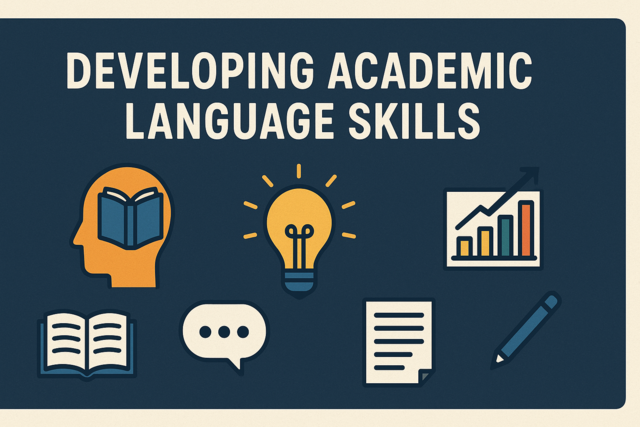 7 hours
0.7 CEUs
Developing Academic Language Skills
+ More Info
7 hours
0.7 CEUs
Developing Academic Language Skills
+ More Info
-
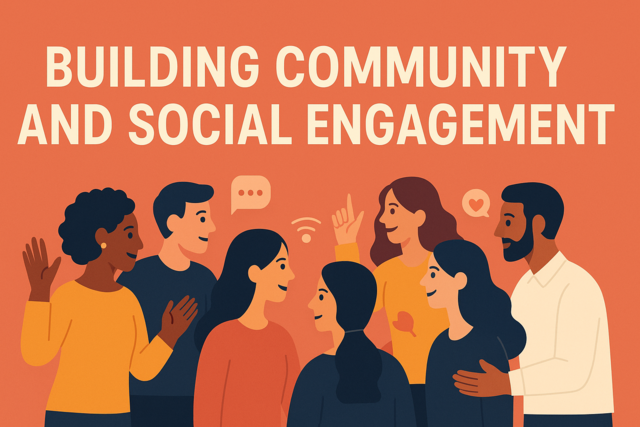 7 hours
0.7 CEUs
Building Community and Social Engagement
+ More Info
7 hours
0.7 CEUs
Building Community and Social Engagement
+ More Info
-
 6 hours
0.6 CEUs
Redefining Romance: Finding Love Beyond the Fairytale
+ More Info
6 hours
0.6 CEUs
Redefining Romance: Finding Love Beyond the Fairytale
+ More Info
-
 3 hours
0.3 CEUs
Essentials of Contract Negotiation
+ More Info
3 hours
0.3 CEUs
Essentials of Contract Negotiation
+ More Info
-
 3 hours
0.3 CEUs
Addressing Trauma in Students with Disabilities
+ More Info
3 hours
0.3 CEUs
Addressing Trauma in Students with Disabilities
+ More Info
-
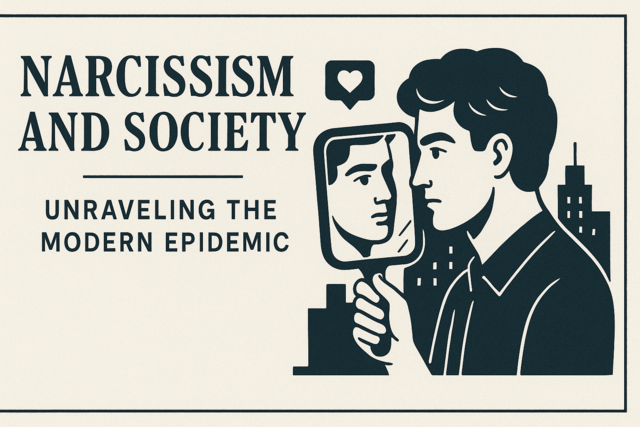 6 hours
0.6 CEUs
Narcissism and Society: Unraveling the Modern Epidemic
+ More Info
6 hours
0.6 CEUs
Narcissism and Society: Unraveling the Modern Epidemic
+ More Info
-
 5 hours
0.5 CEUs
Understanding Nutrition Labels and Food Choices
+ More Info
5 hours
0.5 CEUs
Understanding Nutrition Labels and Food Choices
+ More Info
-
 6 hours
0.6 CEUs
Data-Driven Decision Making in Special Education
+ More Info
6 hours
0.6 CEUs
Data-Driven Decision Making in Special Education
+ More Info
-
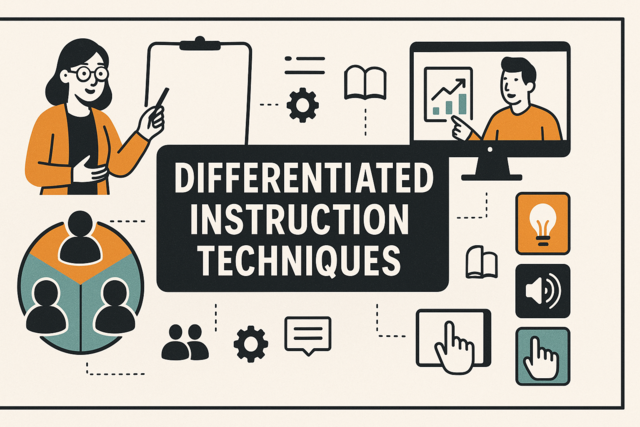 6 hours
0.6 CEUs
Differentiated Instruction Techniques
+ More Info
6 hours
0.6 CEUs
Differentiated Instruction Techniques
+ More Info
-
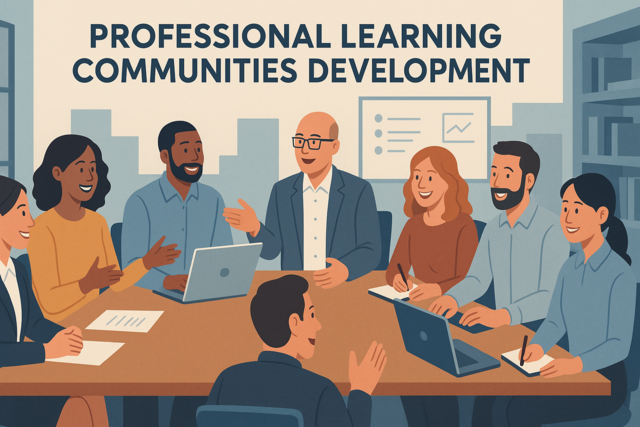 6 hours
0.6 CEUs
Professional Learning Communities Development
+ More Info
6 hours
0.6 CEUs
Professional Learning Communities Development
+ More Info
-
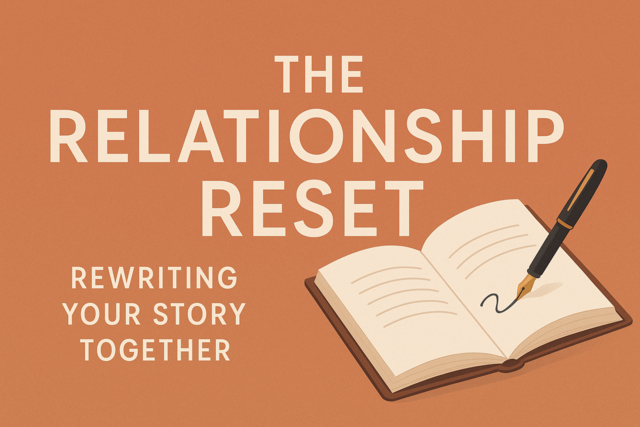 5 hours
0.5 CEUs
The Relationship Reset: Rewriting Your Story Together
+ More Info
5 hours
0.5 CEUs
The Relationship Reset: Rewriting Your Story Together
+ More Info
-
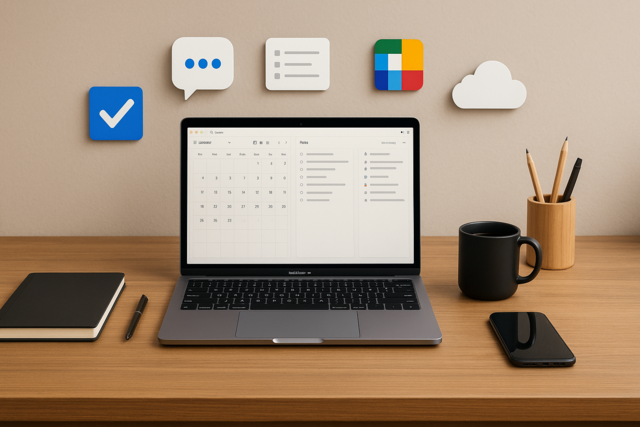 6 hours
0.6 CEUs
Productivity Tools for Modern Professionals
+ More Info
6 hours
0.6 CEUs
Productivity Tools for Modern Professionals
+ More Info
-
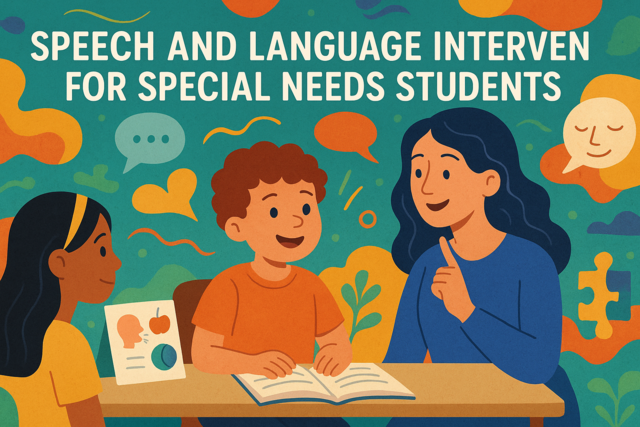 7 hours
0.7 CEUs
Speech and Language Interventions for Special Needs Students
+ More Info
7 hours
0.7 CEUs
Speech and Language Interventions for Special Needs Students
+ More Info
-
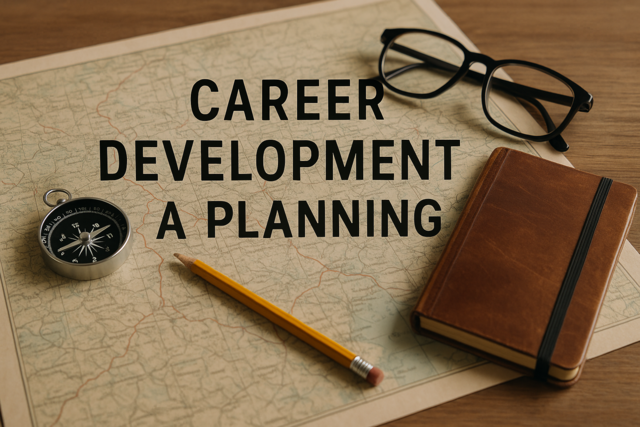 4 hours
0.4 CEUs
Career Development and Planning
+ More Info
4 hours
0.4 CEUs
Career Development and Planning
+ More Info
-
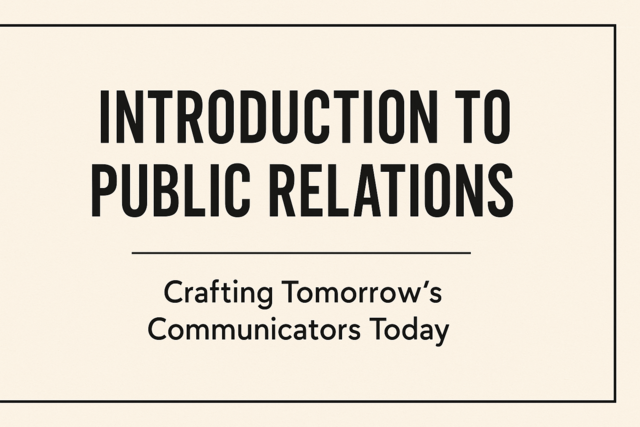 3 hours
0.3 CEUs
Introduction to Public Relations
+ More Info
3 hours
0.3 CEUs
Introduction to Public Relations
+ More Info
-
 4 hours
0.4 CEUs
Emergency Preparedness and Survival Skills
+ More Info
4 hours
0.4 CEUs
Emergency Preparedness and Survival Skills
+ More Info
-
 6 hours
0.6 CEUs
Spirit World: Communicating Beyond the Veil
+ More Info
6 hours
0.6 CEUs
Spirit World: Communicating Beyond the Veil
+ More Info
-
 7 hours
0.7 CEUs
The Capsule Wardrobe: Streamlining Luxury with Style
+ More Info
7 hours
0.7 CEUs
The Capsule Wardrobe: Streamlining Luxury with Style
+ More Info
-
 3 hours
0.3 CEUs
Bermuda Triangle Mysteries
+ More Info
3 hours
0.3 CEUs
Bermuda Triangle Mysteries
+ More Info
-
 5 hours
0.5 CEUs
Lunar Magic and Moon Phases
+ More Info
5 hours
0.5 CEUs
Lunar Magic and Moon Phases
+ More Info
-
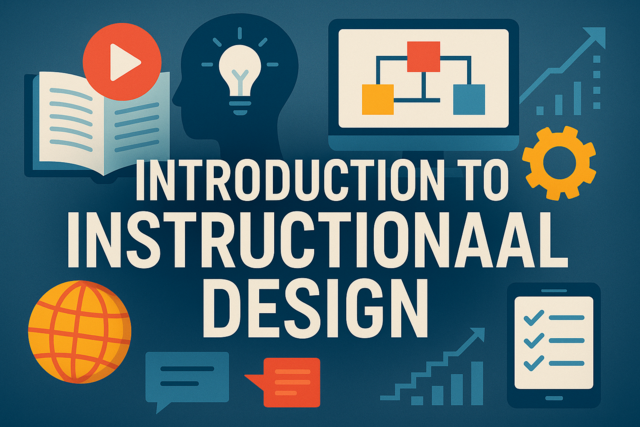 7 hours
0.7 CEUs
Introduction to Instructional Design
+ More Info
7 hours
0.7 CEUs
Introduction to Instructional Design
+ More Info
-
 4 hours
0.4 CEUs
Addressing Sensory Processing Disorders: Classroom Interventions
+ More Info
4 hours
0.4 CEUs
Addressing Sensory Processing Disorders: Classroom Interventions
+ More Info
-
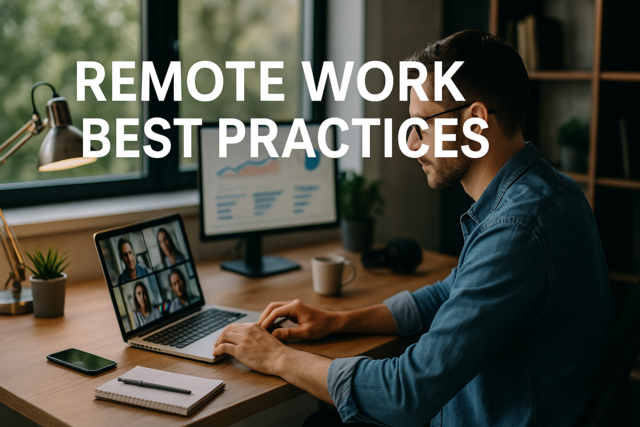 7 hours
0.7 CEUs
Remote Work Best Practices
+ More Info
7 hours
0.7 CEUs
Remote Work Best Practices
+ More Info
-
 6 hours
0.6 CEUs
Fashion Forward: Trendsetting in the Modern Era
+ More Info
6 hours
0.6 CEUs
Fashion Forward: Trendsetting in the Modern Era
+ More Info
-
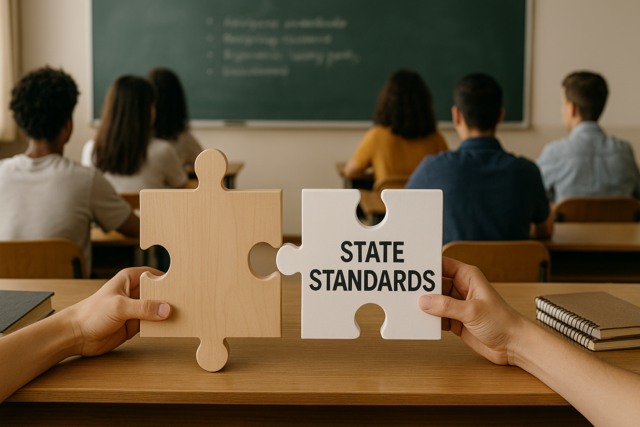 7 hours
0.7 CEUs
Aligning Curriculum with State Standards
+ More Info
7 hours
0.7 CEUs
Aligning Curriculum with State Standards
+ More Info
-
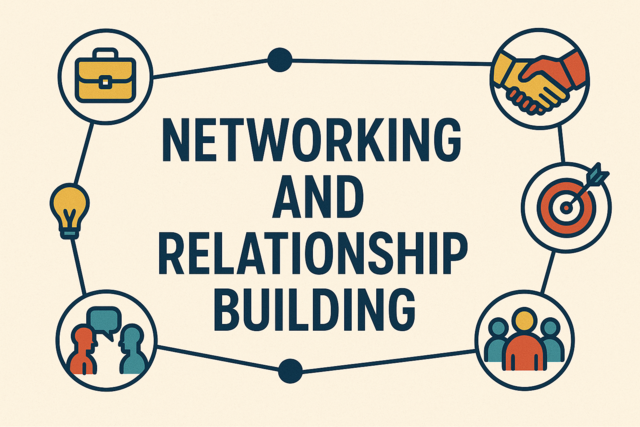 7 hours
0.7 CEUs
Networking and Relationship Building
+ More Info
7 hours
0.7 CEUs
Networking and Relationship Building
+ More Info
-
 4 hours
0.4 CEUs
The Use of Analytics in Education
+ More Info
4 hours
0.4 CEUs
The Use of Analytics in Education
+ More Info
-
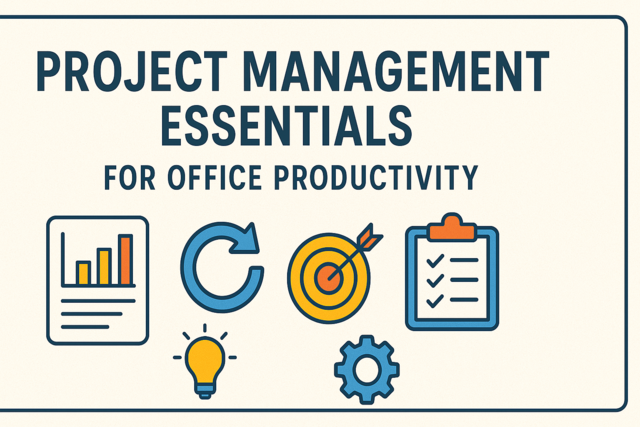 4 hours
0.4 CEUs
Project Management Essentials for Office Productivity
+ More Info
4 hours
0.4 CEUs
Project Management Essentials for Office Productivity
+ More Info
-
 4 hours
0.4 CEUs
Design Dynamics: The Rise of Contemporary Luxury Designers
+ More Info
4 hours
0.4 CEUs
Design Dynamics: The Rise of Contemporary Luxury Designers
+ More Info
-
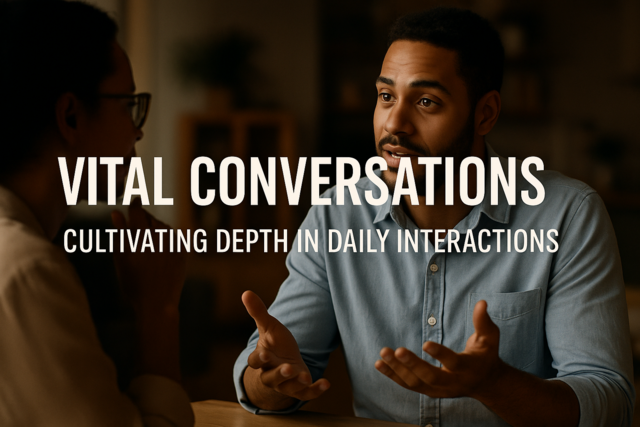 4 hours
0.4 CEUs
Vital Conversations: Cultivating Depth in Daily Interactions
+ More Info
4 hours
0.4 CEUs
Vital Conversations: Cultivating Depth in Daily Interactions
+ More Info
-
 3 hours
0.3 CEUs
Positive Reinforcement Techniques for Special Educators
+ More Info
3 hours
0.3 CEUs
Positive Reinforcement Techniques for Special Educators
+ More Info
-
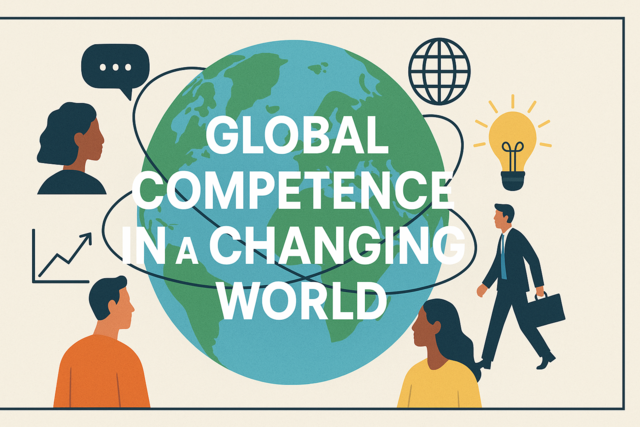 4 hours
0.4 CEUs
Global Competence in a Changing World
+ More Info
4 hours
0.4 CEUs
Global Competence in a Changing World
+ More Info
-
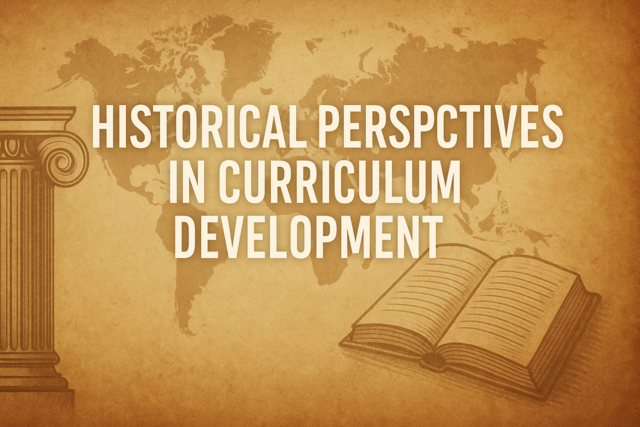 3 hours
0.3 CEUs
Historical Perspectives in Curriculum Development
+ More Info
3 hours
0.3 CEUs
Historical Perspectives in Curriculum Development
+ More Info
-
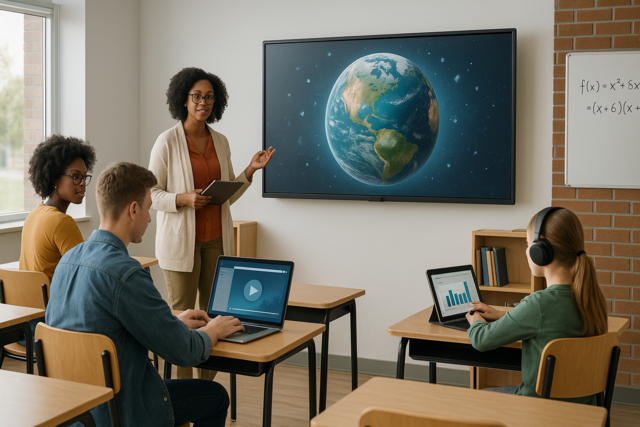 7 hours
0.7 CEUs
Blended Learning Models in Schools
+ More Info
7 hours
0.7 CEUs
Blended Learning Models in Schools
+ More Info
-
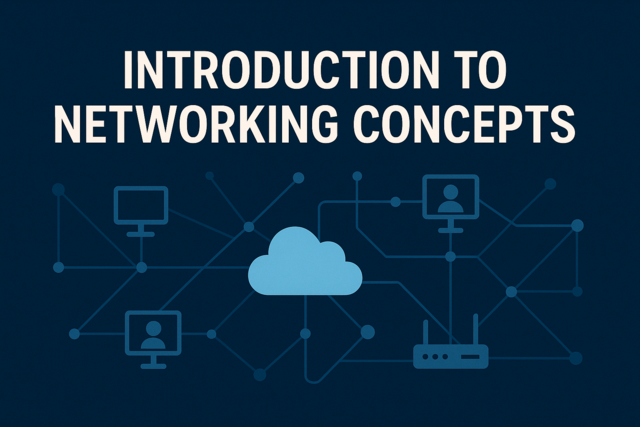 3 hours
0.3 CEUs
Introduction to Networking Concepts
+ More Info
3 hours
0.3 CEUs
Introduction to Networking Concepts
+ More Info
-
 7 hours
0.7 CEUs
The Unseen Energies in the Universe
+ More Info
7 hours
0.7 CEUs
The Unseen Energies in the Universe
+ More Info


